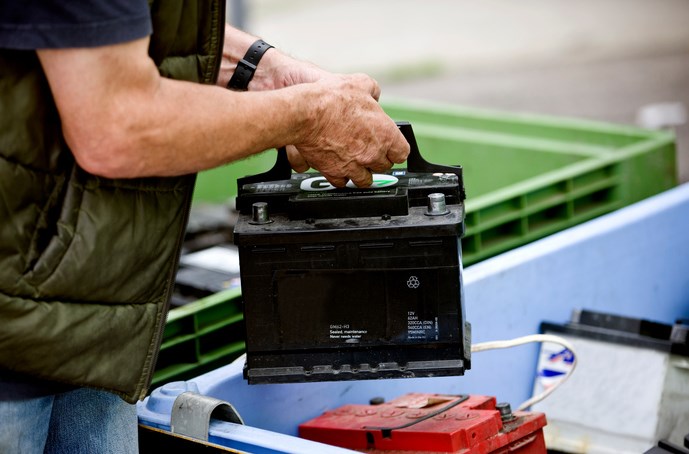Batteries play a vital role in storing electricity and distributing it into electronic devices. Therefore, it has an excellent function to provide outstanding work to operate several machines and charge them somehow. An RV Lead Acid Battery is an example. Based on rvcamping.com, most campers use this kind of power storage, even old times.
Thus, familiarizing its type can help you choose the best product that suits your taste and needs. As for that, to know more about this Lead Acid Battery, we want to share some information to help you understand its type and what it might provide. In addition, each of them can offer some features that might be useful for your RVs.
For that reason, join us and discover each of them to emphasize their services and explore their function very well. Let us begin and enjoy the wonders of each type of Lead Acid Battery. Keep on track to understanding the data that we gathered below.
Types
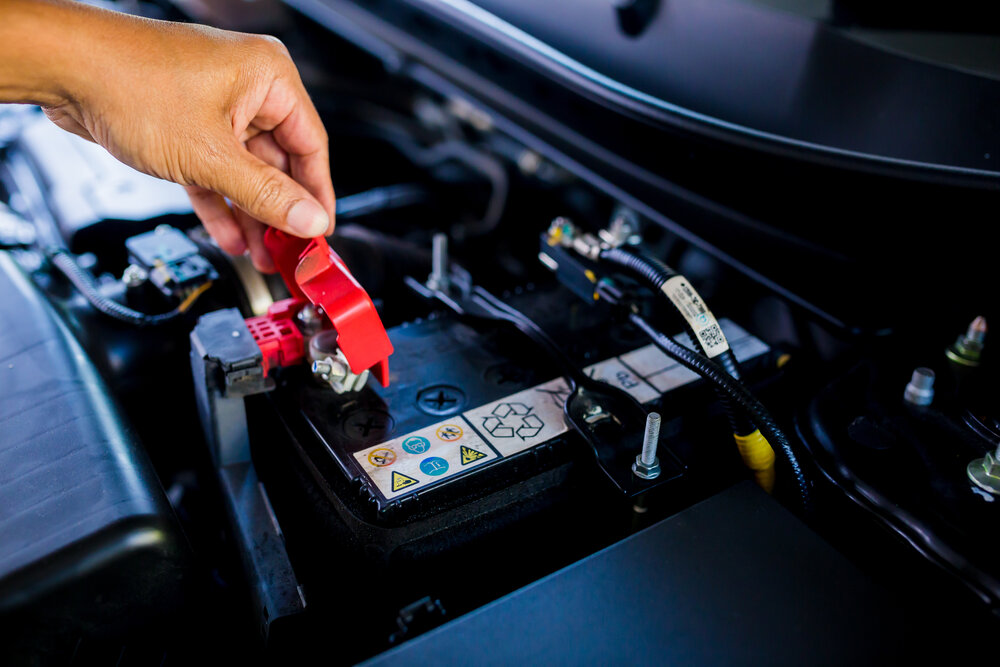
This section contains the different types of Lead Acid Batteries that you can use in your RVs. Each of them carries out helpful offers to make your RVs set in excellent condition. Here is the following;
1. Sealed LAB
Sealed Lead Acid Battery is the first on this list. You can also call it Valve Regulated Lead Acid. This type of power storage is available in several formats, including the unit of the panel. Its diameter decides its designated end-user application, which is its prime procedure.
For some reason, This power storage type tends not to degenerate as quickly as wet cells. Therefore, it offers a safe operation. Additionally, there are also two versions to consider. Below are the following;
2. AGM Battery
This variety offers an excellent price point. This version also utilizes the Absorbed Glass Matt process, higher-ranking to the conventional flooded glass technology. As for its electrolyte, a separator such as micro-fiber glass does its job for absorption. As a result, it intensifies the performance by reducing internal resistance.
The reduced inner resistance is also referred to as the power storage that can recharge much faster than conventional flooded, even in wet lead-acid type. In addition, in smaller case sizes, this type of power saver offers a vast capacity. Shipping procedure is also available.
Besides, you can also initiate it for some applications, for mobile vehicles, automotive portability, alarm settings, telecommunication, and more. Even so, the length, proportions, electric potentials, and classes might be similar across a range. Therefore, a particular petition is possible when you use the proper AGM power storage in each of them.
3. Gel Battery
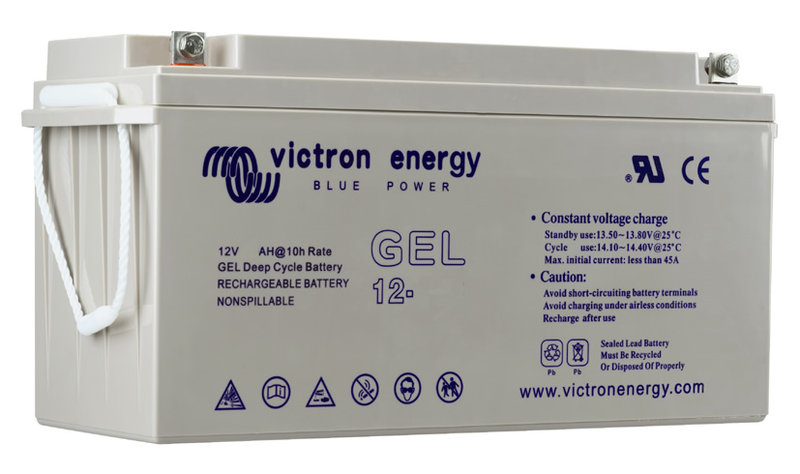
Some people are mistaken that all sealed lead acid is Gel. However, it is untrue. This type of battery consists of gel electrolytes, which is dissimilar to the AGM type of energy storage.
It contains a mixture of sulfuric acids and silica fume. It results in mass gel-like and immobile properties. As a result, gel cell energy storage doesn’t need to stick post, far from wet-cell and flooded kinds.
GEL batteries come in a design that can decrease electrolyte dispersal, discharge, and successive corrosion issues typical for wet-cell and flooded power storage. It also has excellent resistance to warmth changing, distress, and vibration.
They are also competent in resisting the excessive release of power, a common cause of permanent damage to flooded and AGM type of energy storage. It is also required for some ideal applications, such as golf carts, camper and regular power banks, and portability entreaty.
In general, this type is more pricey than its counterpart. It is because it has a shallow energy-releasing scale of 0.01 shares each month. Still, it requires distinct energy loading execution and uses GEL-fixed power storage chargers for a unique setup.
4. Deep Cycle LAB
It contains fewer plates with ticker structures than its cranking or starting counterpart. As a result, it diminishes the entire exterior area that lowers the maximum current. Thus, it can produce a profound state of charge.
This type of battery can discharge up to half of its capacity and renew energy. This process is notable as DOD (depth of discharge). You can use this procedure level in several entities where the power storage can give continual current for an extended period. Some applications are golf carts, portability scooters, Solar energy systems, and regular and camper power banks.
5. Cranking LAB
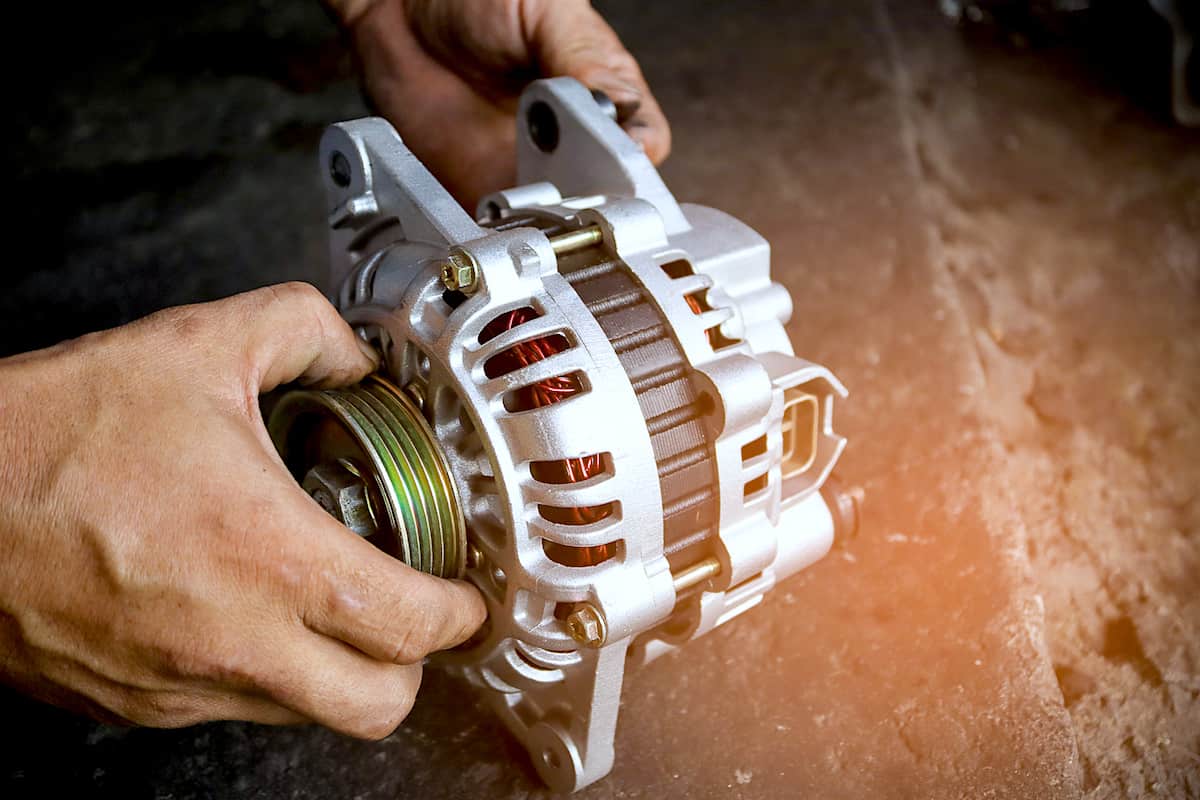
A thinner plate is the compound that you can see in this type of camper power storage. As a result, its entire exterior can affect its overall current output. On the other hand, getting an enlarging surface area will give a much higher current potential.
This type of electricity storage is dissimilar to the Deep-Cycle kind. However, these two can make a wide crack of current instantly. It is typical for engine applications. Cold Cranking Amps rating is the category for identification.
Furthermore, this rating can measure the total capacity power storage current at -18 ℃, giving 30 seconds without hanging under 1.2V in each cell (7.2V for a 12V battery). It is 0.01 percent of the power storage capacity. Thus, depending on its volume rating is the size of an engine the storage can turn over.
The vehicle alternator turns over the engine and sits on float charge. Discharging procedure will start causing permanent damage to its plates. In addition, it might create a conflict in reducing its operation’s entire life span. Or, worst, cause complete failure.
6. Hybrid Batteries
Engine starting and deep cycling have to do with this type of camper electricity storage. In marine and camper applications, you can use this type that requires a sizable cranking current to start the engine. Also, as well as the operational potential to power onboard electronics and portable machines. This type of battery also has contributed to both the GEL and AGM types.
7. Standby LAB
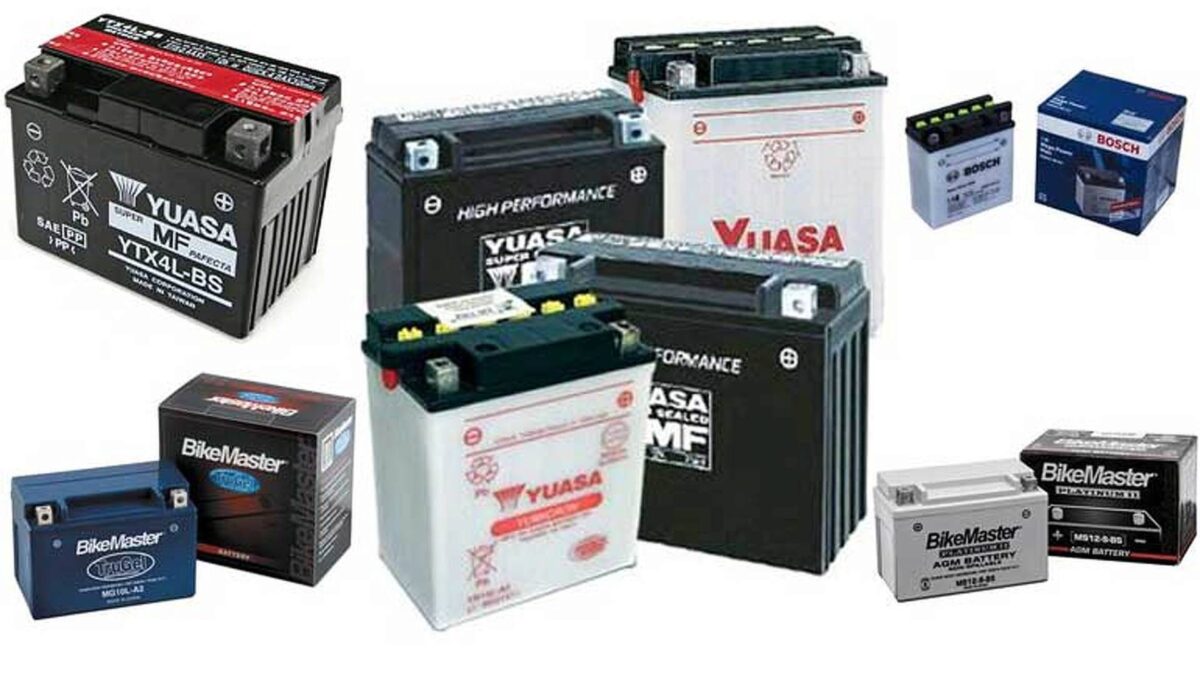
All in all, you can consider this type as the most basic type in Lead-Acid kinds of power storage. Thus, it is for standby applications, operating on reduced charging, alarming systems, preserving constant power supplies, network systems, and information technology. In general, it is a kind of AGM type.
Conclusion
That’s all. The information above is all about the Lead Acid power storage types that you can acquire in the market. Each of them can offer an outstanding service depending on their functional properties. We hope that you can choose the proper energy storage for your trailer using this data. We are grateful to share this information. Thank you and Best of Luck!

